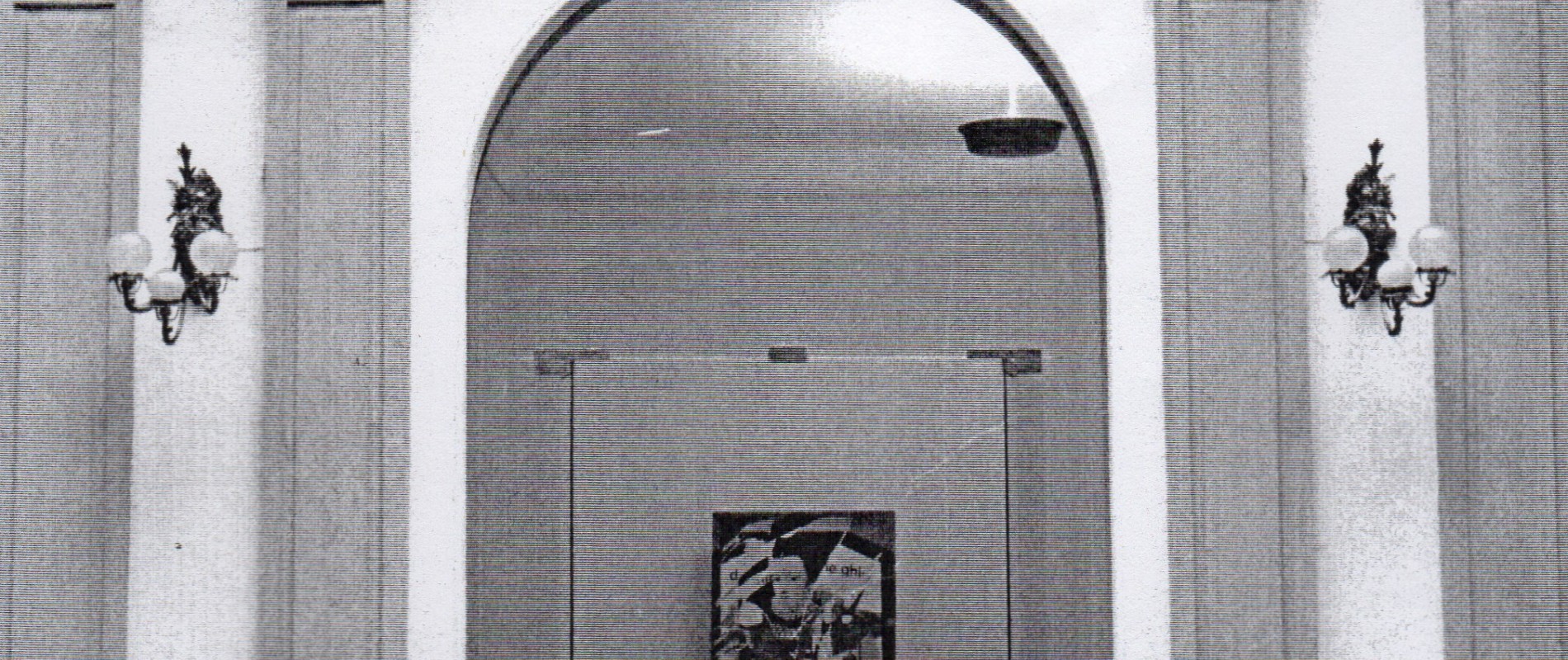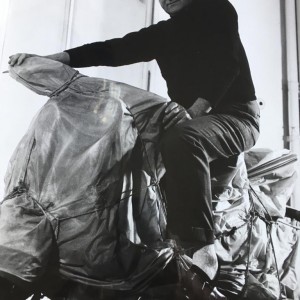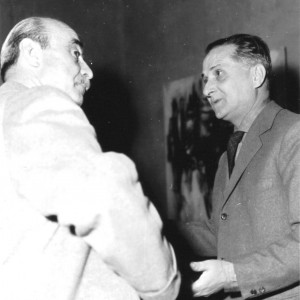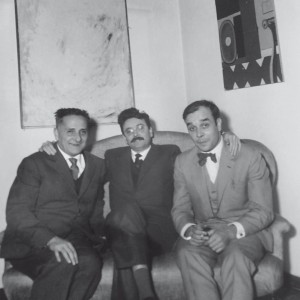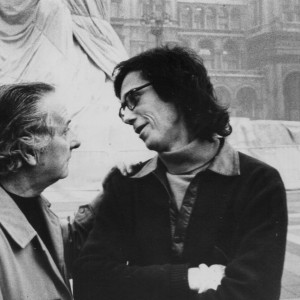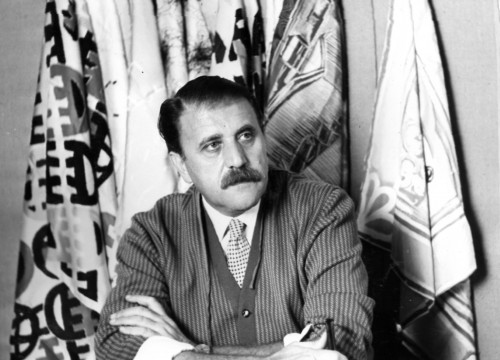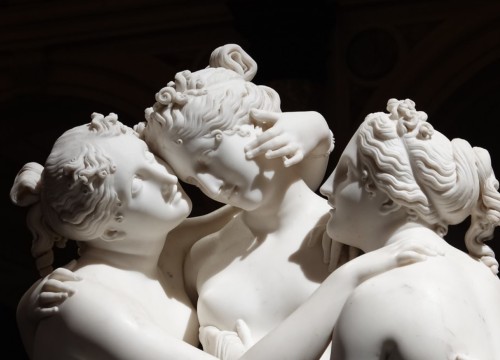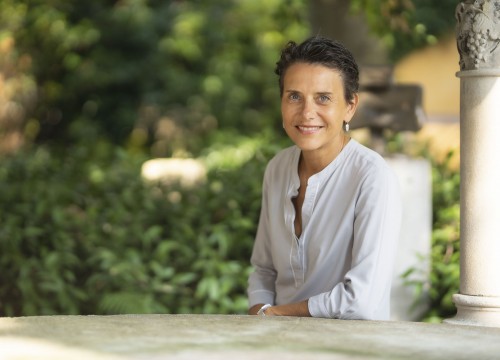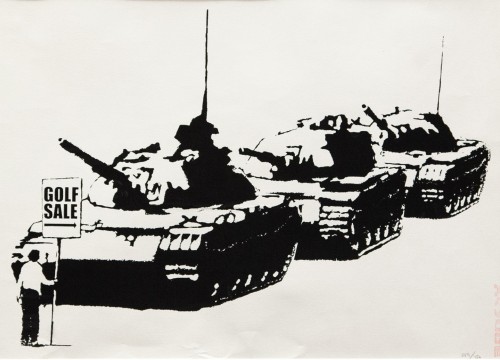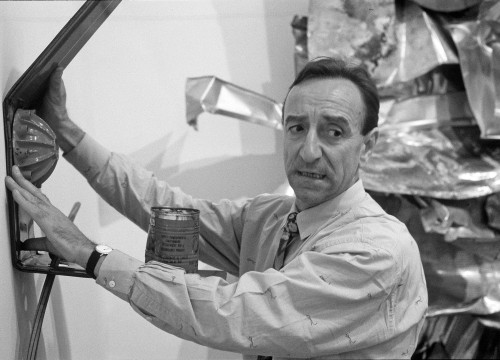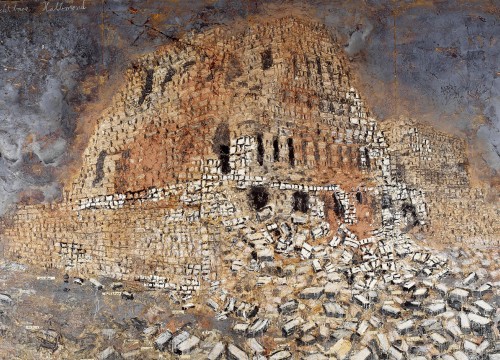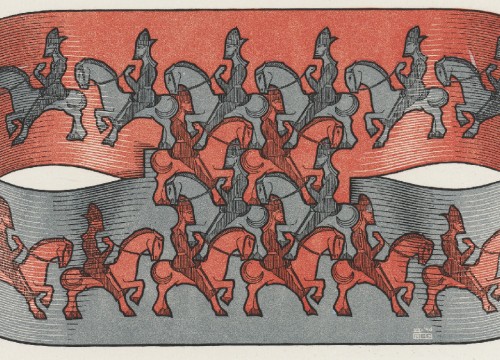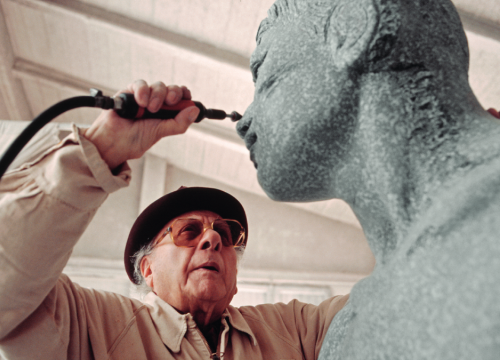Milan • The memorable path of the Apollinaire Gallery of Guido Le Noci
Coming from the south, he arrives in Milan in 1925. A passionate merchant and publisher. he will make art his life goal. He used to say: "Restany's enemies are also my enemies."
At the end of April 1960, in the liveliness of the city of Milan which was torn to pieces by the works of the future MM, here I am at the number 4 of via Brera, more exactly at the Apollinaire Gallery, where, a few days before, Pierre Restany had presented “Les nouveaux réalistes”, or rather his original group formed by Arman, Dufrêne, Hains, Yves le monochrome, Tinguely and Villeglé.
That was the beginning of my relationship with Guido Le Noci, friendly and filial at the same time, developed over the years in moments of participation and enthusiasm. Not least those three days at the end of November 1970, in which, to celebrate the tenth anniversary of the nouveau réalisme, Milan experienced provocations, protests, exhibitions and public events.
The retrospective at the Rotonda della Besana with the lighting of the “Fontaine du Feu” recalling Yves Klein and all the Nouveaux Réalistes engaged in urban performances. Rotella was tearing down posters, Christo wrapping up kings and artists, Tinguely exploding the enormous phallus in front of the Duomo and Spoerri as the maître of the “Last Supper” at Biffi in the Galleria. And then other endless encounters with this combative, generous and eclectic man, with his lively eyes, yet not always ready to tell his story. But who was Guido Le Noci? A man from the south, a visionary and passionate emigrant, a dynamic merchant and a refined publisher who wanted and was able to make art his reason for living. He arrived in Milan on March 19th, 1925 from Martina Franca (where he was born in 1904); he had his first contacts with the Pesaro Gallery and with the environment of Como.
“Right from the beginning I began to buy small drawings and to exchange paintings,” he had told me about his studio/reception at number 25 of Via Manzoni, but it was in Como in 1943 that he opened the Borromini Gallery, which was promptly blocked by order of the prefecture. Following, there was his first trip to Paris. At the end of the war, Le Noci returned to Milan and reopened the Borromini with works by Savinio, Soldati, Meloni and Munari.
In 1949 he organized the Taranto Prize and, after closing the gallery in 1950 for tax reasons, he collaborates with Schettini and with the Piccolo Theater of Paolo Grassi. Since 1951 he directs the Bompiani Gallery with an eye for Futurism and Italian abstract art. From 1953 to 1961 he was the General Secretary of the Lissone prize, which he manages to give an international dimension.
On December 17, 1954 at 17, with a tribute to the past (on display there were Morandi, Savinio among others) and with a glance at Paris, where in 1953 he met Pierre Restany, he opens the Apollinaire Gallery, first in front of the street and then in the courtyard.
Le Noci has finally made his dream come true and it is here that in 1957 he proposes the world premiere of the monochromes of Yves Klein, between the evident and persistent skepticism of the environment of Milan with Valsecchi leading the way and the irony of the students of the Academy which were incited by their teachers. They follow Licini, Hartung, Mathieu and the first Italian exhibitions of Fautrier and Arman, later on we have the transformation into the Centro Apollinaire, the publication of “Lyrisme et abstraction” by Pierre Restany, the room of Fautrier at the XXX Venice Biennale and the ex-aequo prize with Hartung. What happened later is a sequence of memorable events, in the sign of Pierre, including the “premiere” of César and Christo, Rotella, Lichtenstein, Fontana and the “Manifiesto Blanco”, Manzoni, Isgrò, Buren and, omitting much else, Marchegiani and Marrocco.
The last object and subject of that “Calendar” that Guido wanted to print with my linguistic alchemy and Pierre’s preface in 1975. Five years later the Apollinaire Center will close its doors with an obituary in the Il Corriere d’Informazione by Buzzati who had always been close to him, but it was on July 2, 1983, with the death of Guido Le Noci, that an era that cannot be repeated ended.
What remains of him and his world are books, catalogs, posters, memories and the meaning of true friendship, the one that, on his “Le livre rouge de la revolution picturale par Pierre Restany”, made him write with his own hand “The enemies of Restany are also my enemies”.

